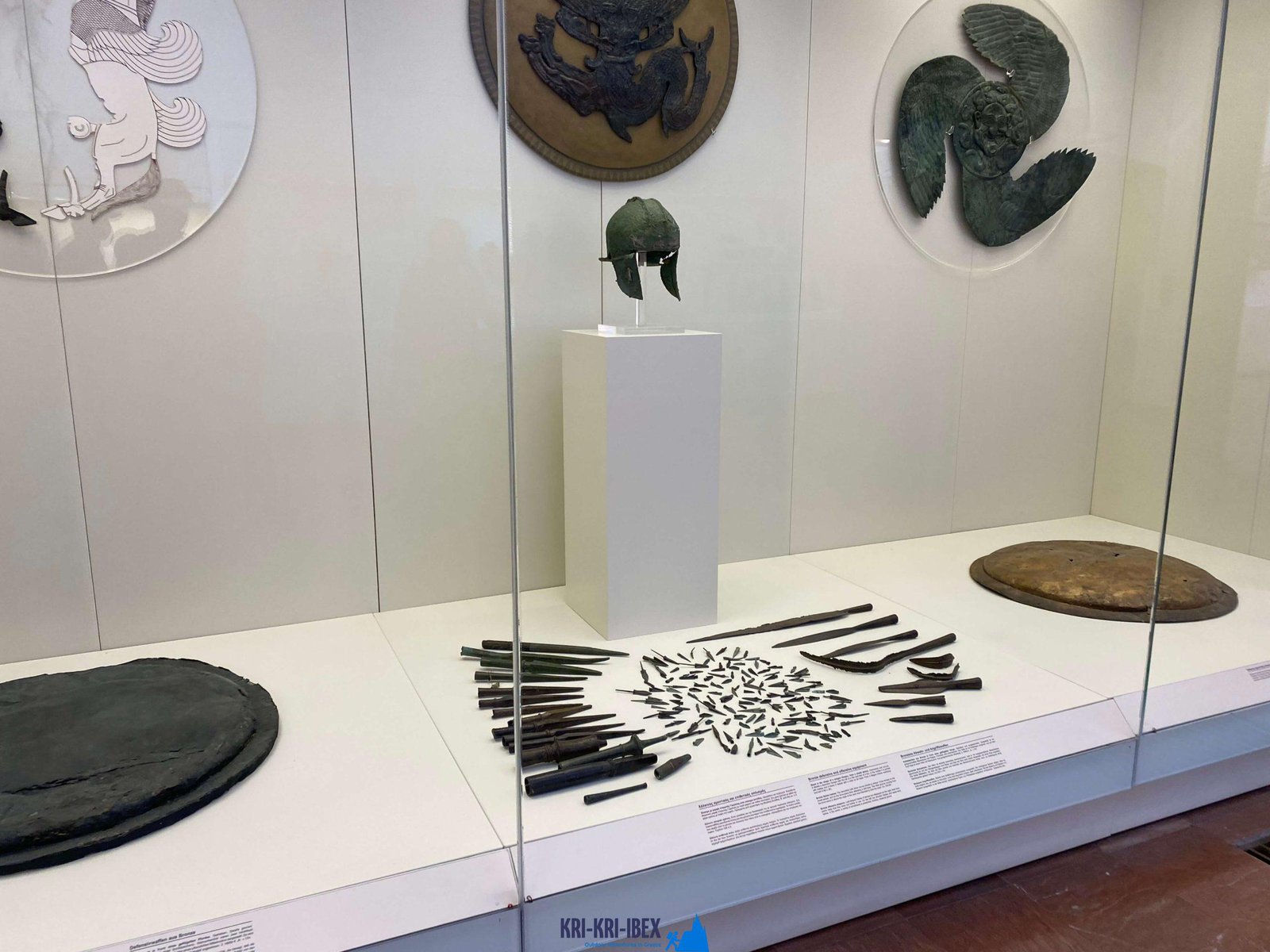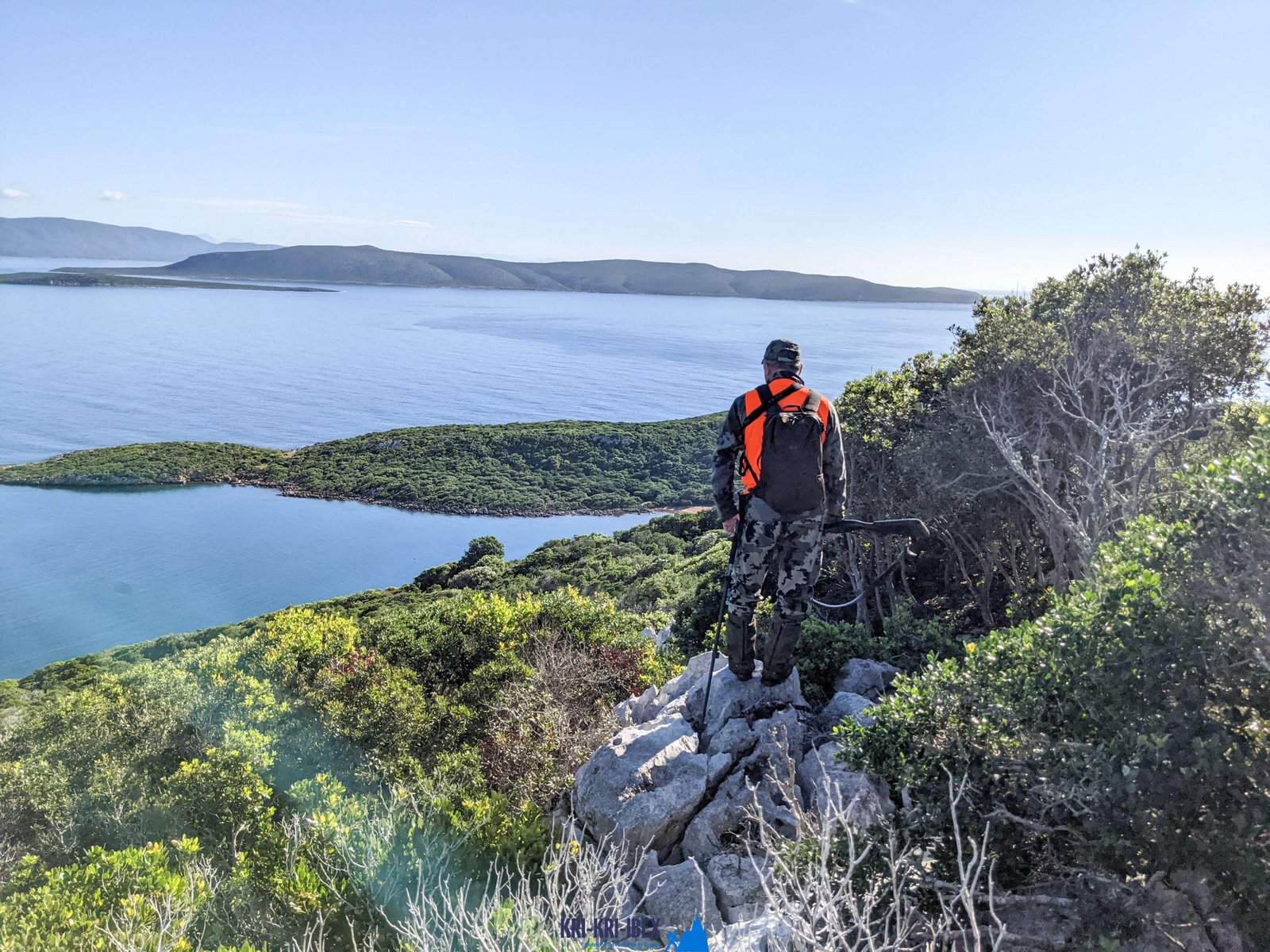Ibex Hunting in Greece: 4 days of pure adrenaline
Ibex Hunting in Greece: 4 days of pure adrenaline
Blog Article

They claim that the Peloponnese peninsula is the "real" Greece. As well as we state, if you're trying to find a memorable adventure, our searching and also exploring Peloponnese tour from Methoni is the ideal method to experience all that this gorgeous country has to offer.

Greece is a gorgeous nation with lots of chances for tourists. There are stunning beaches, old damages, as well as scrumptious food to appreciate. On top of that, there are many activities readily available such as walking, biking, and snowboarding. Greece is the best location for any individual seeking a trip filled with adventure and also exhilaration.
To many individuals, The Peloponnese peninsula on the Greek Mainland is the 'genuine' Greece, where things have actually not changed a lot whatsoever over the centuries although that many people have actually uncovered it. This is an area where you can conveniently spend a month or even more yet if you are short on time after that our hunting and touring Peloponnese Tours from Methoni is an excellent service. This covers a massive amount of ground to some of Europe's a lot of remarkable sites in just 5 days. You really will not think what you see! Whilst the Peloponnese is house to some of the best beaches in Greece there are so many points to do and see that it is in fact a year-round location. Whilst Summer is the optimal time to spend at the falls as well as beaches, Spring and Autumn are exceptional for treking and also exploring Ancient Ruins, Caves and also Archeological websites. Also winter is luring as a number of the communities as well as towns obtain some snow, specifically in the hills, and also the stone architecture as well as wineries lend themselves to cosy minutes by an open fire. The covered dishes and also conventional winter food is scrumptious as well as passionate. No matter what season you select you will locate the groups really manageable and in numerous areas, non-existent.
If you are looking for Kri Kri ibex quest as well as remarkable trip destination, look no further than the Sapientza island in Greece. With its stunning natural beauty, delicious food, and also abundant culture, you will certainly not be dissatisfied. Reserve one of our hunting and also exploring Peloponnese Tours from Methoni today, dot neglect your prize Kri Kri ibex!
What is the diference between Kri Kri ibex, Bezoar ibex and hybrid ibex
The kri-kri is not thought to be indigenous to Crete, most likely having been imported to the island during the time of the Minoan civilization. Nevertheless, it is found nowhere else and is therefore endemic to Crete. It was common throughout the Aegean but the peaks of the 8,000 ft (2,400 m) White Mountains of Western Crete are their last strongholds–particularly a series of almost vertical 3,000 ft (900 m) cliffs called ‘the Untrodden’—at the head of the Samaria Gorge. This mountain range, which hosts another 14 endemic animal species, is protected as a UNESCO Biosphere Reserve. In total, their range extends to the White Mountains, the Samaria National Forest and the islets of Dia, Thodorou, and Agii Pandes.
This Ibex is NOT a diminutive form of the Bezoar Ibex, which has migrated into the western-most reach of the range of this species. The kri – kri (Capra aegagrus cretica), sometimes called the Cretan goat, Agrimi, or Cretan Ibex, is a feral goat inhabiting the Eastern Mediterranean, previously considered a subspecies of wild goat. The kri-kri has a light brownish coat with a darker band around its neck. It has two horns that sweep back from the head. In the wild they are shy and avoid tourists, resting during the day. The animal can leap some distance or climb seemingly sheer cliffs.
“The agrimi goat Capra aegagrus cretica is unique to Crete and its offshore islands. It has been identi®ed as a sub-species of the wild bezoar goat Capra aegagrus aegagrus Erxleben, 1777, which it closely resembles in horn shape, body form and coloration. This classi®cation has been disputed by some researchers who claim that the agrimi are feral goats, derived from early domestic stock brought to the island by the ®rst Neolithic settlers. In order to clarify this issue, DNA analyses (cytochrome b and D loop sequences) were carried out on tissue of live and skeletonized agrimi and compared to sequences of wild and domestic caprines. Results conclusively show the agrimi to be a feral animal, that clades with domestic goats (Capra hircus) rather than with wild Asiatic bezoar. This study demonstrates that morphometric criteria do not necessarily re¯ect genetic af®nities, and that the taxonomic classi®cation of agrimi should be revised.”
Report this page